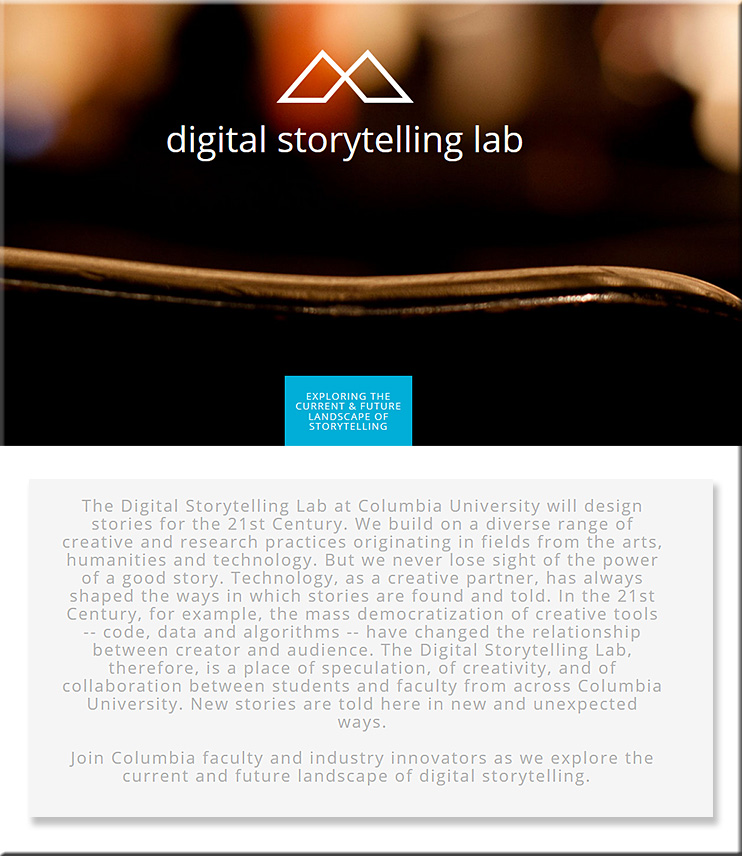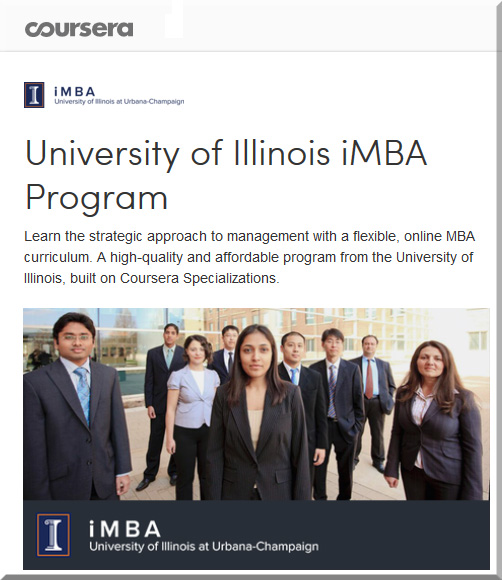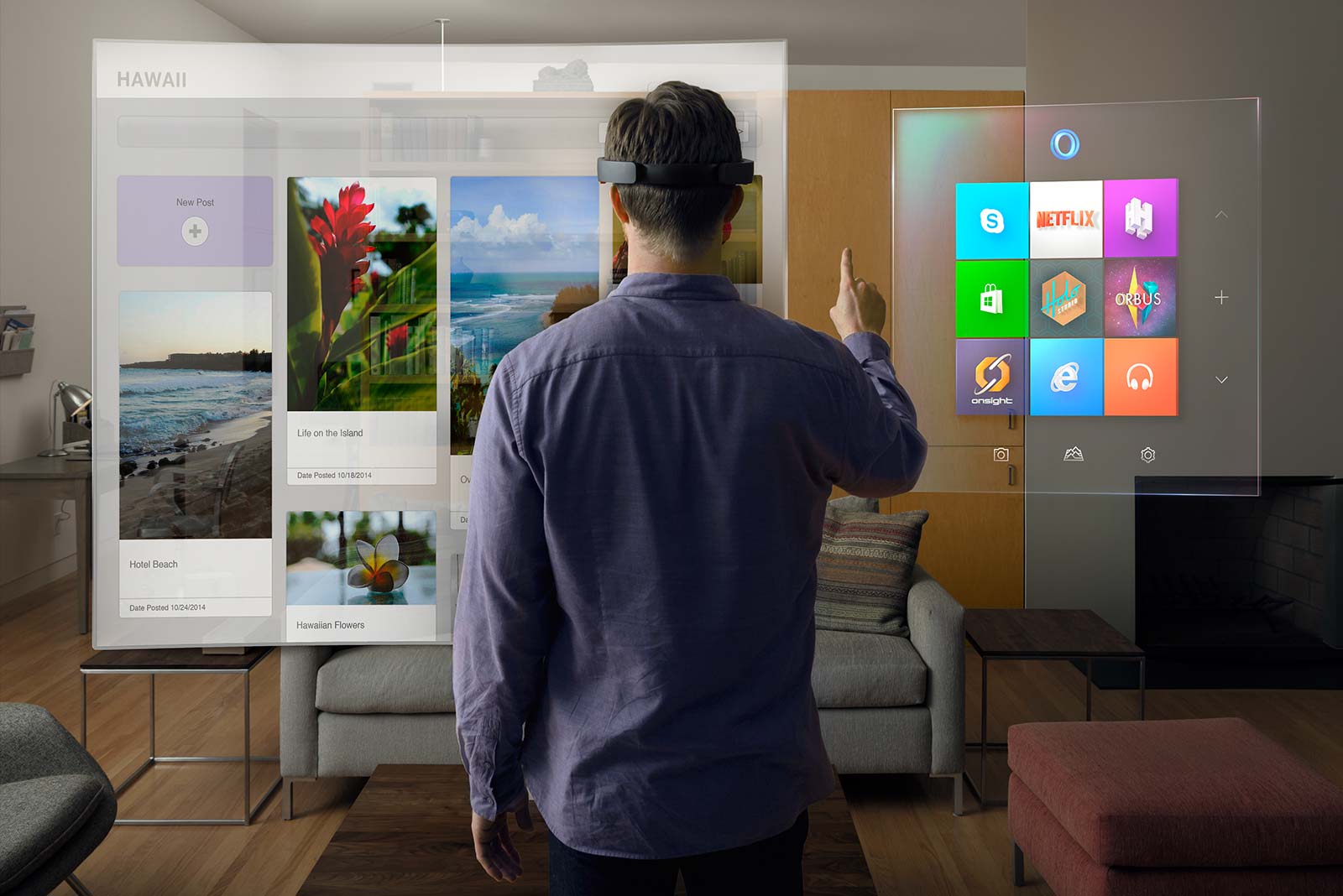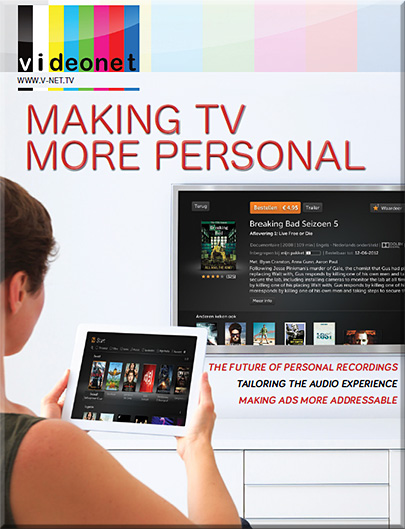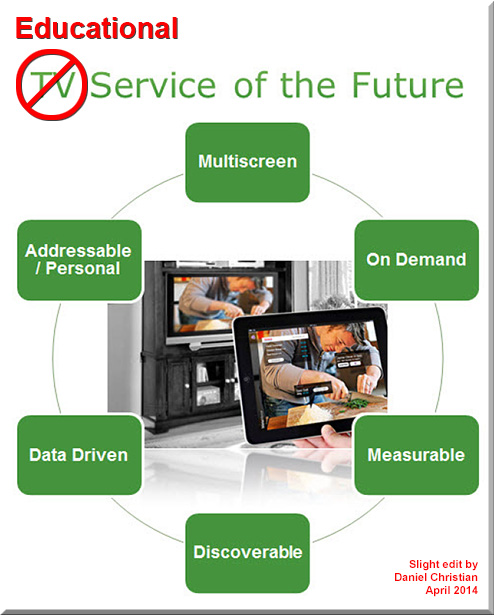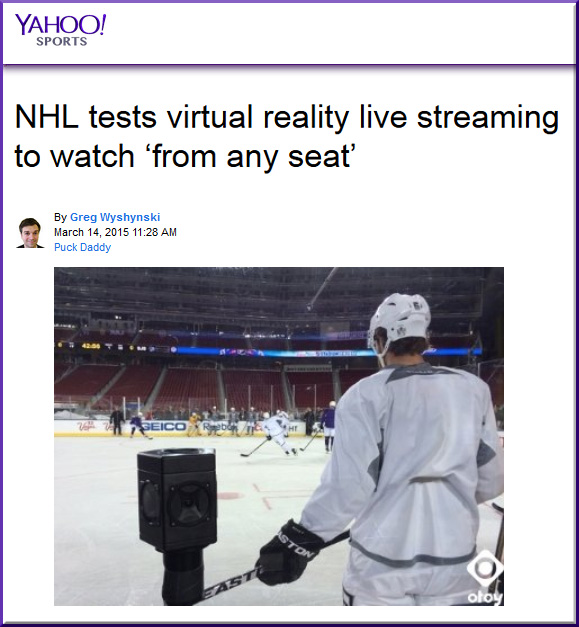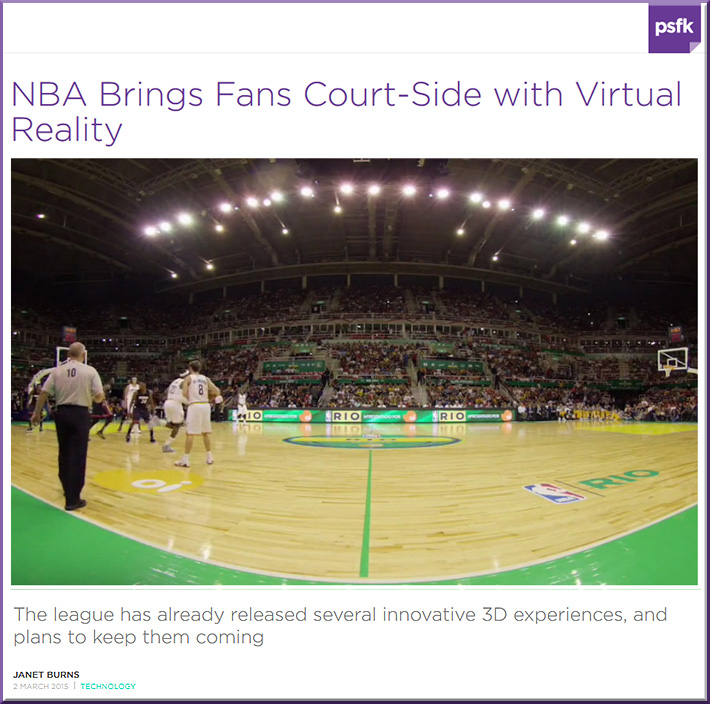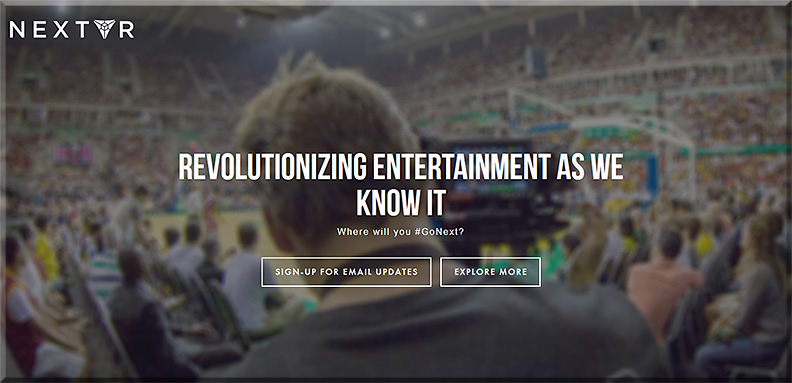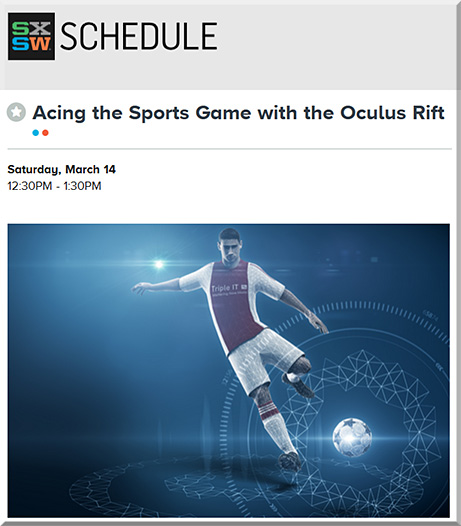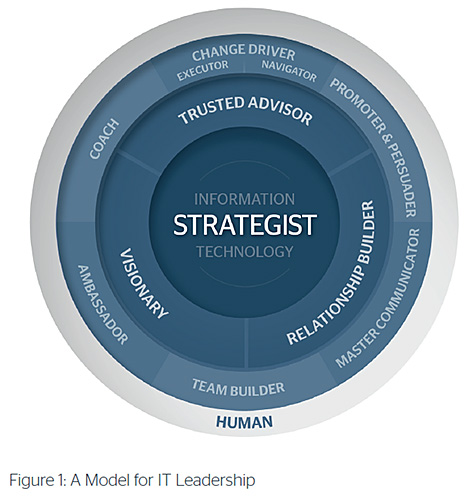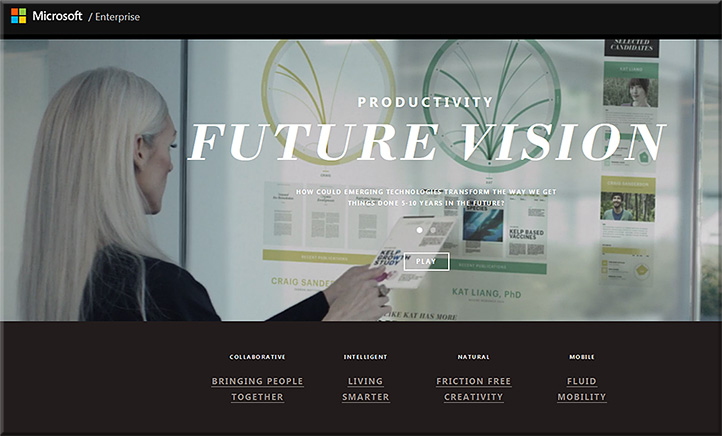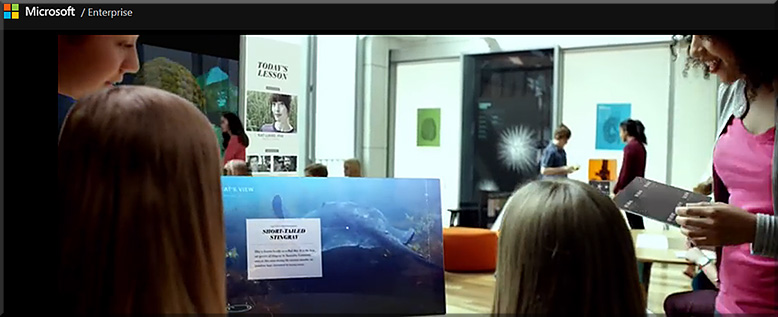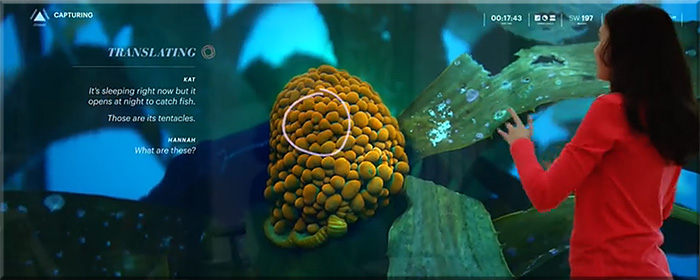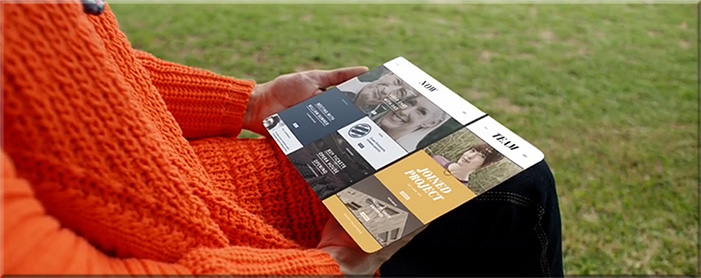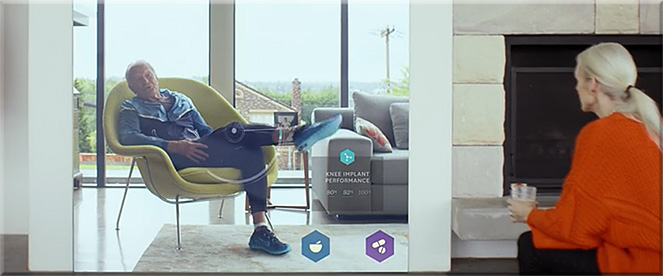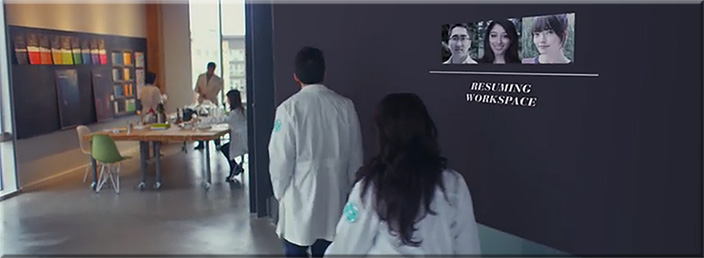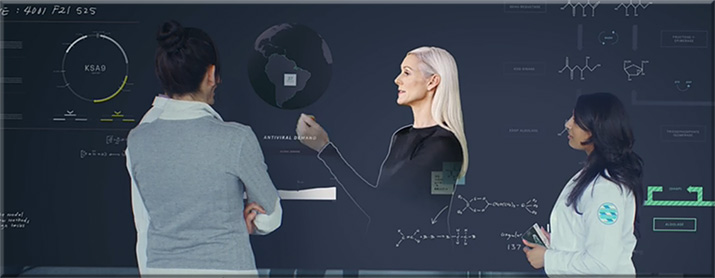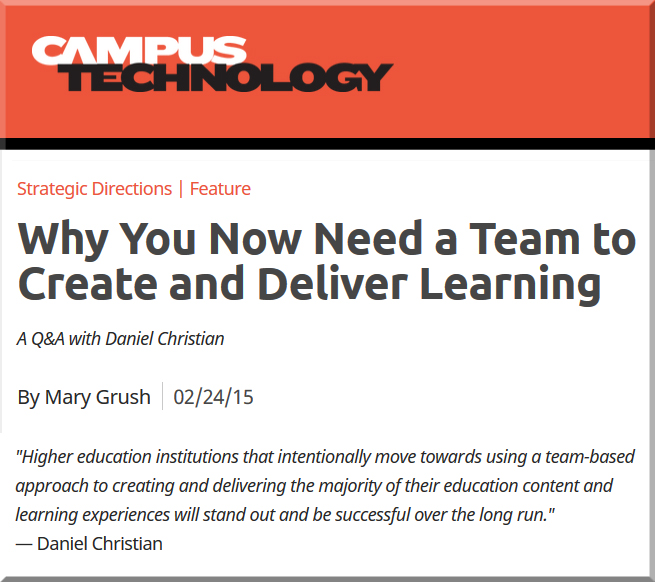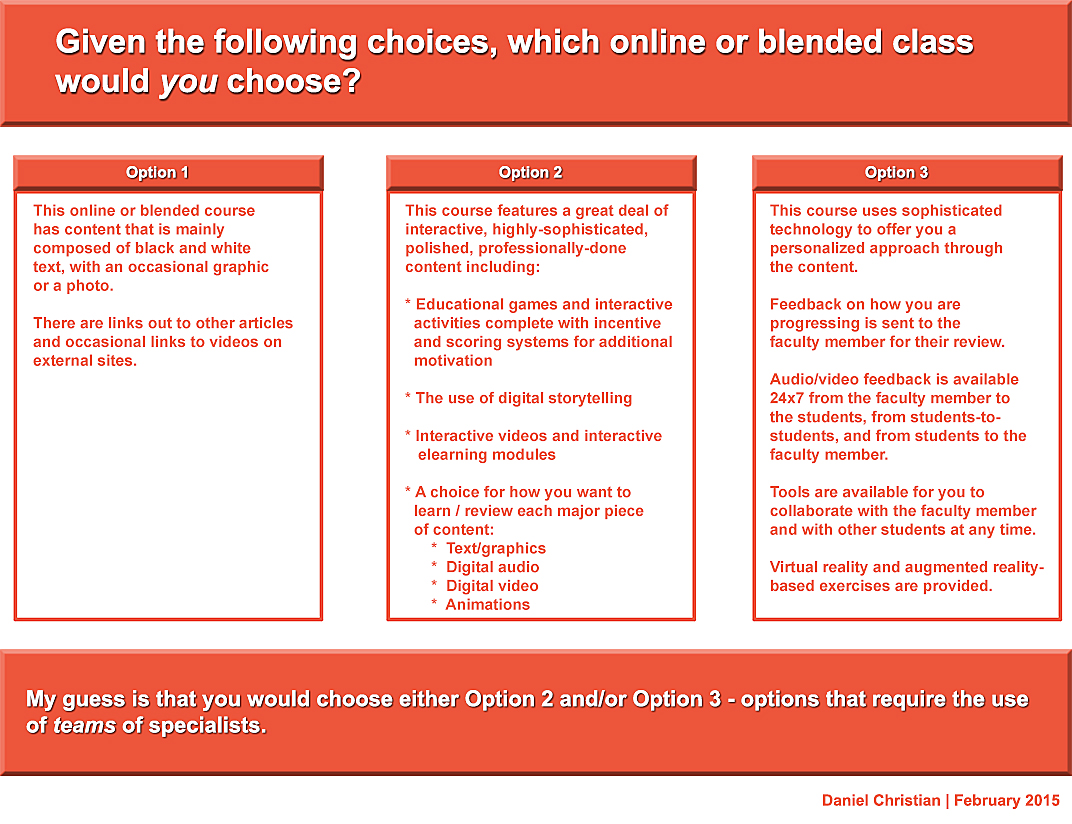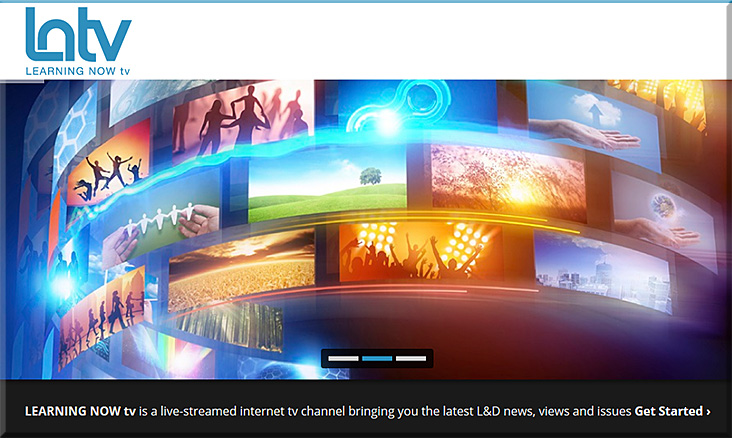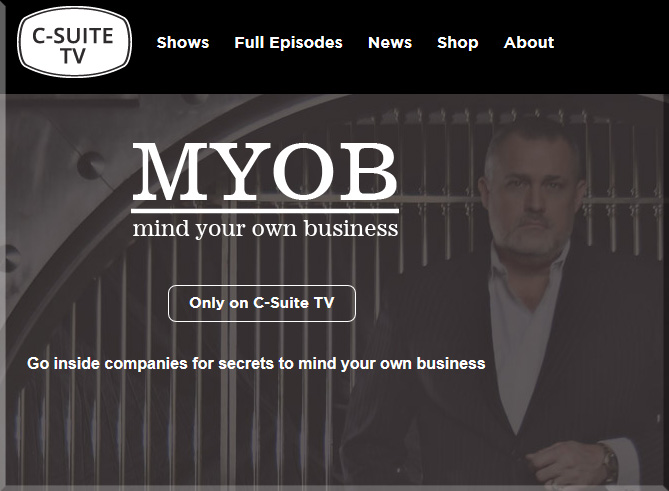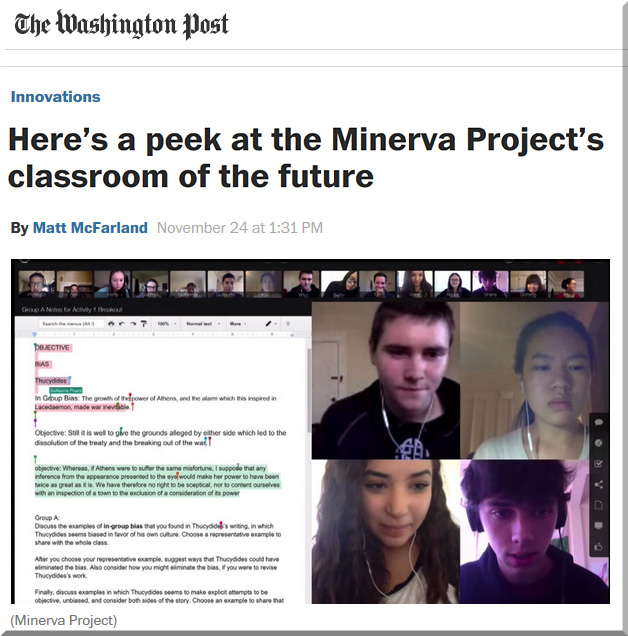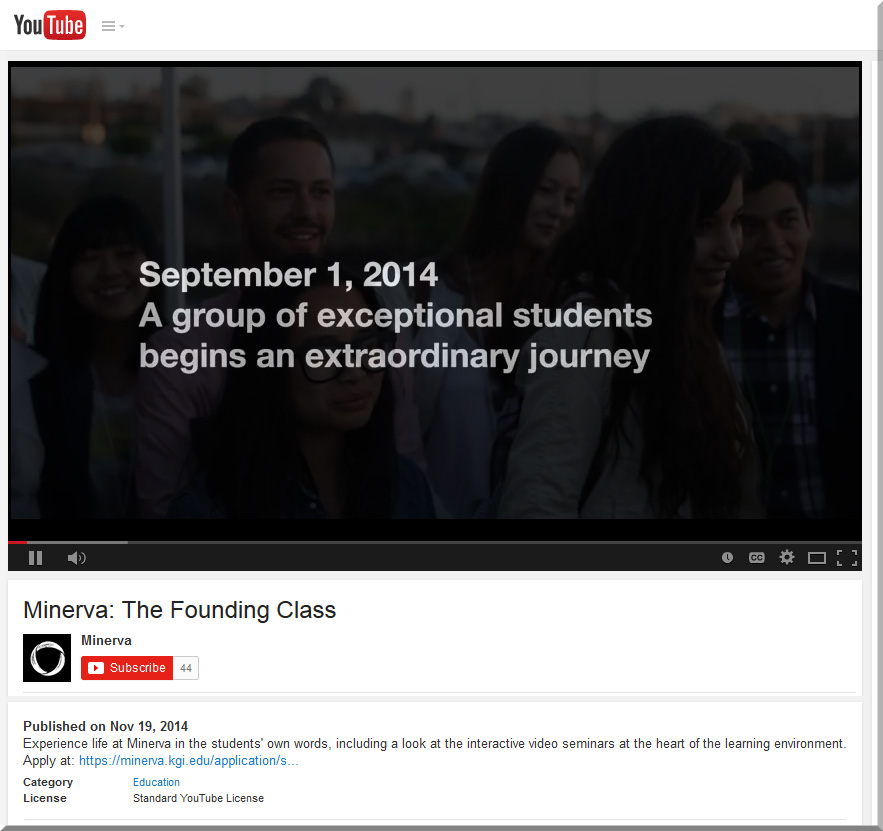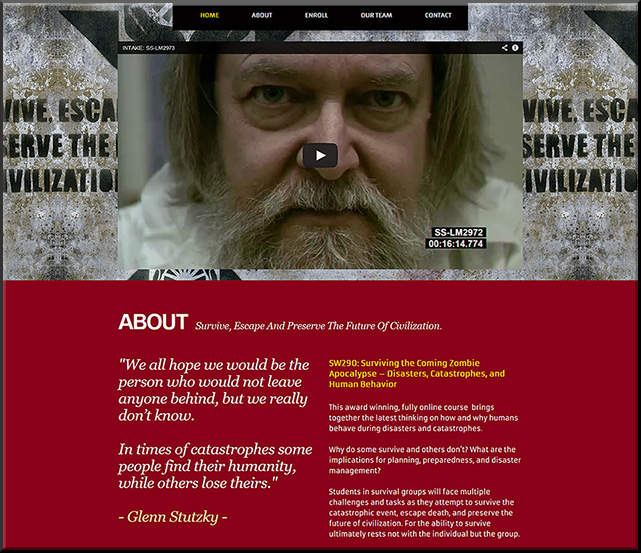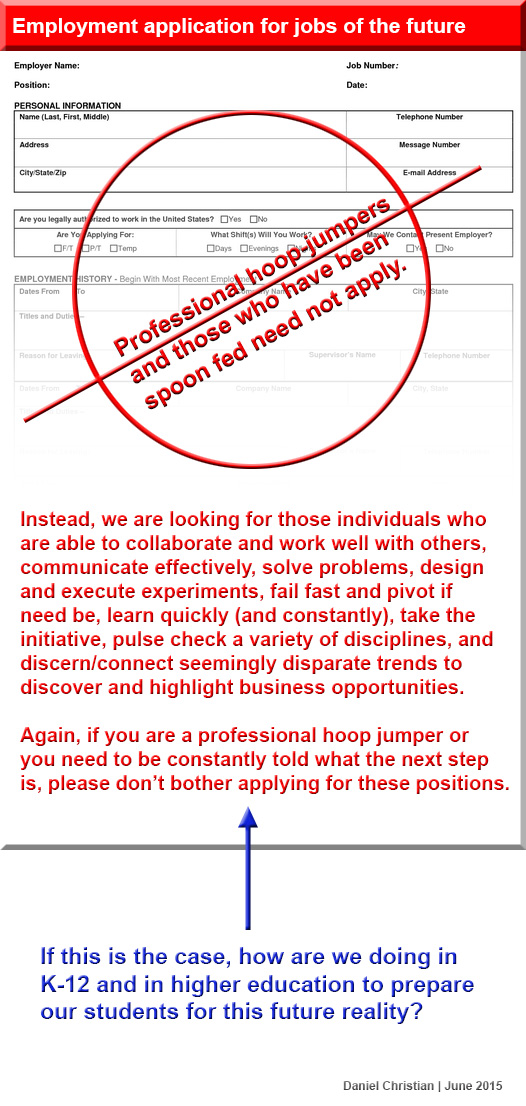
7 things you should know about developments in Instructional Design — from educause.edu
Excerpt:
Developments in the role of the instructional designer in higher education have the potential to benefit both teachers and learners in important ways. By helping align educational activities with a growing understanding of the conditions, tools, and techniques that enable better learning, instructional designers can help higher education take full advantage of new and emerging models of education. Instructional designers bring a cross-disciplinary approach to their work, showing faculty how learning activities used in particular subject areas might be effective in others. In this way, instructional designers can cultivate a measure of consistency across courses and disciplines in how educational strategies and techniques are incorporated. Designers can also facilitate the creation of inclusive learning environments that offer choices to students with varying strengths and preferences. In these and other ways, instructional designers are becoming an important part of face-to-face as well as online and blended learning environments.
Here’s how you build an augmented reality game for HoloLens — from theverge.com by Adi Robertson
Excerpt:
Programming a hologram sounds like something that should be done with some kind of special cybergloves on a computer the size of a ‘60s IBM mainframe. But at Build 2015, Microsoft has been quietly taking developers through the “Holographic Academy,” a 90-minute training session that teaches them the basics of building projects for its HoloLens augmented reality headset. I’m not a developer, but Microsoft let me and some other journalists go through it as well — and it turns out that basic hologram creation is, if not exactly straightforward, at least pretty understandable.
From DSC:
Will designing learning-related games for augmented reality and virtual reality become an area of specialty within Instructional Design? Within Programming/Computer Studies-related programs? Within Human Computer Interface design programs or User Experience Design programs? Will we need a team-based approach to deliver such products and services?
I wonder how one would go about getting trained in this area in the future if you wanted to create games for education or for the corporate training/L&D world? Will institutions of higher education respond to this sort of emerging opportunity or will we leave it up to the bootcamps/etc. to offer?
Also see:
- MINI Reveals Augmented Reality Concept With X-Ray View — from wtvox.com by Ana Alves
Also see:
- New Demo of Microsoft HoloLens Unveils the Future of Holographic Computing — from seriouswonder.com by B.J. Murphy
Excerpt:
What happens when you combine holographic technology with augmented reality and the Internet of Things (IoT)? Well, it would appear that you’ll soon be getting a hands-on experience of just that, all thanks to the Microsoft HoloLens. At the Build Developers Conference, Microsoft had unveiled the HoloLens and shocked the world on just how far we’ve come in developing legitimate, functional augmented reality and holographic computing.
History Channel bringing online courses to higher ed –from edtechmagazine.com by D. Frank Smith
Excerpt (emphasis DSC):
Television and higher education are being married through a new partnership between A&E Network’s History Channel and the University of Oklahoma.
The network has announced a 16-week, paid, online course focusing on U.S. history from 1865 to the present. The accredited course will involve video lectures produced by History Channel staff, quizzes, discussion groups and social interactions. The series is priced at $500 for college students, and $250 for lifelong learners.
Also from their press release (emphasis DSC):
History® Digital partners with the University of Oklahoma to offer the first TV network-branded online course for college credit — from historychannel.ou.edu
New York, NY (October 28, 2014) – A+E Network®’s HISTORY® Channel will partner with the University of Oklahoma to offer the very first TV Network-branded online course for transcripted college credit or for the lifelong learner. HISTORY® Channel’s United States, 1865 to the Present course enrollment will launch on October 28 at History.com/courses and will be taught by award winning teacher, OU professor, and renowned historian Steve Gillon. The announcement was made today by Dan Suratt, EVP, Digital Media, A+E Networks and University of Oklahoma President David L. Boren.
…
The groundbreaking 16-week interactive, immersive course, which will be offered during the Spring Semester, officially begins on January 12, 2015. Utilizing the strengths of both HISTORY® Channel and OU, “United States, 1865 to the Present” has been rigorously designed by an academic team from OU and will be taught by Professor Steve Gillon, the scholar-in-residence at HISTORY®Channel and professor at OU. Combining professionally-produced and engaging video lectures with quizzes, discussion groups and social interactions between student and professor, as well as selectively integrated multimedia assets from HISTORY® Channel, this course has been created to offer a singular and collaborative learning experience to a wide range of students.
From DSC:
Interesting partnership/collaboration effort here…again, this endeavor gets at the idea of using teams of specialists to create and deliver content. Also interesting here are the lower pricing structures and the idea of addressing lifelong learners.
![The Living [Class] Room -- by Daniel Christian -- July 2012 -- a second device used in conjunction with a Smart/Connected TV](http://danielschristian.com/learning-ecosystems/wp-content/uploads/2012/07/The-Living-Class-Room-Daniel-S-Christian-July-2012.jpg)









